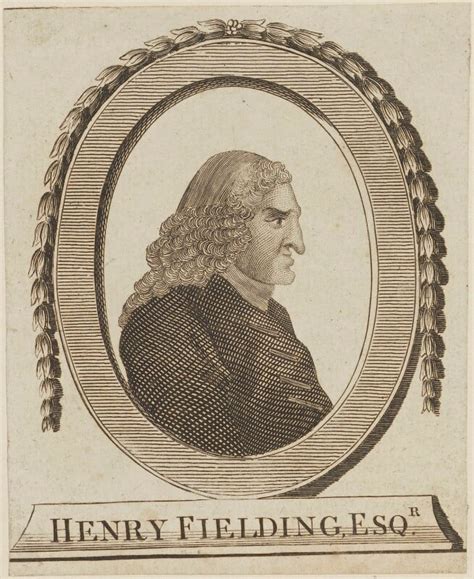
Today marks the anniversary of the death of Lawrence Durrell (1912 – 1990), the British novelist, poet, and travel writer whose life seemed destined for anywhere but England. Born in Jalandhar, India to British colonial parents, Durrell spent his early years living a life of bright chaos – an atmosphere that would later be seen in his fiction in color and sensuality. When sent to boarding school in England at eleven, he famously loathed the experience, calling England “the English death.” That early rebellion and dislike truly shaped him as both a person and an author – he would spend much of his life chasing light, warmth and an escape from what he considered dreary England. After a brief (and frustrating) attempt at University, Durrell left for the Greek island of Corfu with his first wife, Nancy, in the 1930s. There, the family (including his younger brother Gerald, the future naturalist and author) formed a relatively eccentric expatriate circle that became the stuff of literary legend.
War and wanderlust kept him moving constantly – from Corfu to Egypt, Rhodes, Cyprus, and finally to southern France. His personal life was complicated and often chaotic… four marriages, several affairs and the emotional turbulence that shadows those who seem to live according to the wind, so to speak. Yet through it all, he wrote… and he wrote beautifully. His years in Alexandria during the 1940s inspired The Alexandria Quartet, his masterwork – four novels (Justine, Balthazar, Mountolive, and Clea) exploring themes of love, politics and memory in Egypt. The books feel as though they simmer with philosophical depth and nuance, reflecting Durrell’s belief that “man is only an extension of the spirit of the place.” To Durrell, language and place (geographical place, at least) were inseparable!

*
Durrell’s writing had much been influenced by the Greek poet C. P. Cavafy, whose presence echoes through the Quartet novels and beyond. Though Cavafy had died in 1933, his meditations on desire, memory and the passage of time haunted Durrell’s imagination. Durrell’s novels clearly see his connection to Cavafy’s quiet melancholy and reverence for ancient locales, particularly in the Mediterranean. Durrell’s travel writings – Prospero’s Cell, Reflections on a Marine Venus, and Bitter Lemons – revealed his own gift for turning geography into poetry.
Durrell died in Sommières, in the south of France, on November 7, 1990, leaving behind a life of prose that still seems to glow with the heat of the Mediterranean. (One suspects he was never lost, just always on his way somewhere slightly more interesting… curious for someone who wrote so passionately about stillness, yet never sat still long enough to prove his thoughts!) Today his work remains a celebration of landscape, love and the stubborn human desire to belong… everywhere and nowhere all at once.






















